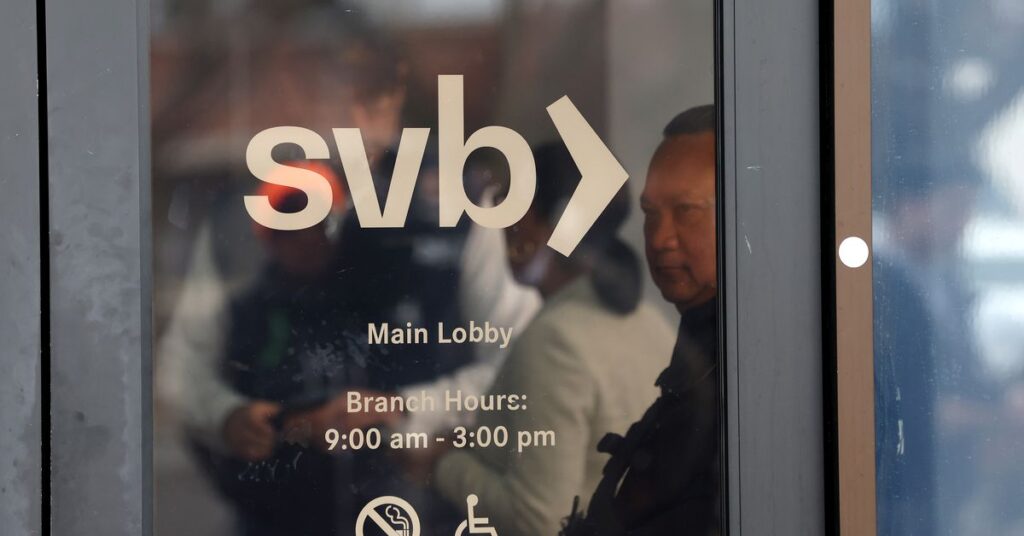The collapse of Silicon Valley Bank and other similarly sized banks in recent days has put a spotlight on Congress’s 2018 bipartisan banking deregulation law, which was signed by then-President Donald Trump.
We’ll never know what might have happened if the law hadn’t been enacted. But given that Silicon Valley Bank would have been subject to stricter oversight under the old rules, more regulation may have slowed — or even prevented — the panic that set in last week as depositors rushed to withdraw their funds.
In the wake of the bank’s implosion, some Democrats and economists have begun to argue that the bank’s failure and subsequent concerns about contagion in the financial sector actually are direct results of that law, which rolled back key parts of the 2010 Dodd-Frank Act aimed at preventing banks from making the kinds of big bets that led to the 2008 financial crisis.
In an op-ed in the New York Times Monday, Sen. Elizabeth Warren (D-MA), who led the charge against deregulation in 2018, wrote that SVB and the crypto-focused Signature Bank, which was also shut down by the FDIC on Sunday, couldn’t shoulder the old-fashioned bank runs that killed them precisely because there wasn’t oversight to “expose their vulnerabilities and shore up their businesses.”
Notably, the 2018 law changed which banks are considered “systemically important” to regulators. It increased the threshold from institutions holding at least $50 billion in assets to those with $250 billion. That means only the largest banks face stricter regulation, including requirements to maintain certain levels of liquidity and capacity to absorb losses; comply with company- and government-run stress testing; and submit a living will to prepare for potential failure.
SVB had $209 billion in assets, making it the 16th-largest bank in the US by the time it was taken over by the Federal Deposit Insurance Corporation (FDIC) on Friday. But it still wasn’t big enough to be…
Read the full article here





